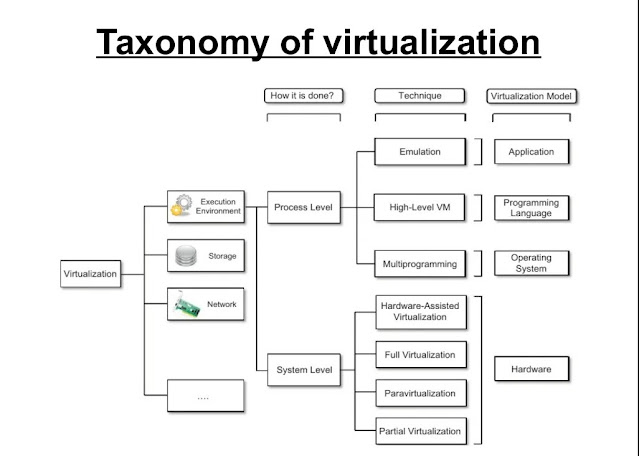Explain InterCloud and Cloud Federation?
FEDERATED CLOUDS
The terms cloud federation and InterCloud, which are sometimes used interchangeably, refer to an aggregation of cloud computing providers with independent administrative domains. It is critical to understand what these two phrases signify and how they relate to cloud computing. The term "federation refers to the formation of an organization that transcends the decisional and administrative authority of individual organizations and functions as a whole. Within the context of cloud computing, the term federation does not have such a strong meaning, but it does imply that there exist agreements between the various cloud providers that allow them to exploit each other's services in a privileged manner.
InterCloud
InterCloud is a phrase that is frequently used interchangeably to represent the notion of Cloud federation. Cisco introduced it to define a composition of clouds that are integrated using open standards to create a universal environment that uses cloud computing services. As the Internet is often referred to as the "network of networks," InterCloud represents a "Cloud of Clouds" and expresses the same concept of federating together clouds that belong to various administrative organizations. InterCloud is a worldwide concept in which interoperability across different cloud providers is defined by standards, resulting in an open platform where applications can move workloads and freely build services of from many sources. A cloud federation, on the other hand, is a broader term that covers ad hoc aggregations of cloud providers based on private agreements and proprietary interfaces.



Comments
Post a Comment